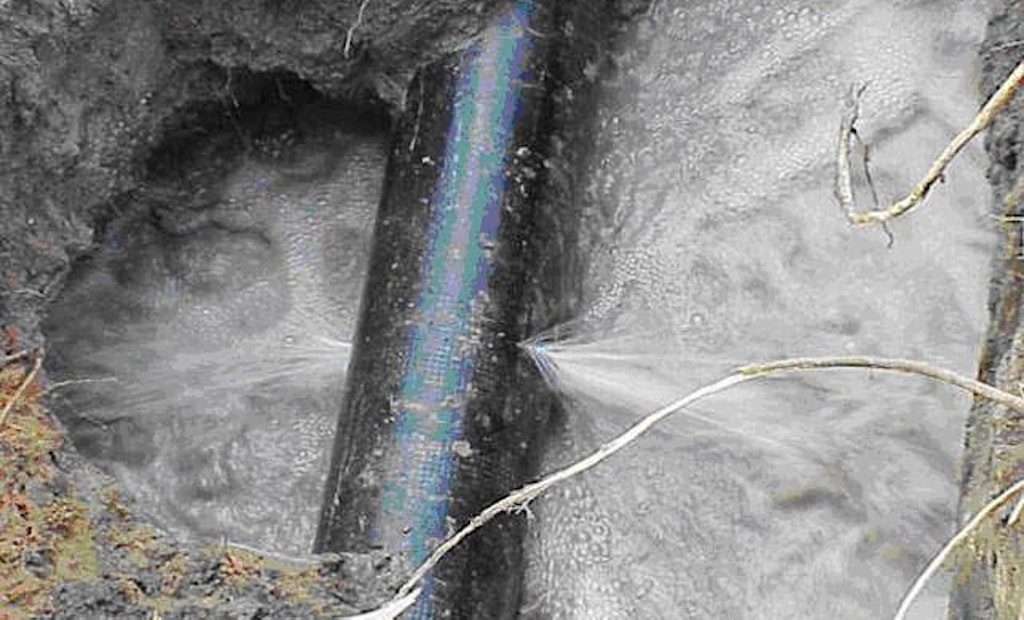Utilities nationwide are facing incredible costs to upgrade aging and inadequate infrastructure and address challenges related to drinking water, wastewater, and stormwater management — estimated at up to $1 trillion by AWWA.
There are a few ways utilities can go about...






